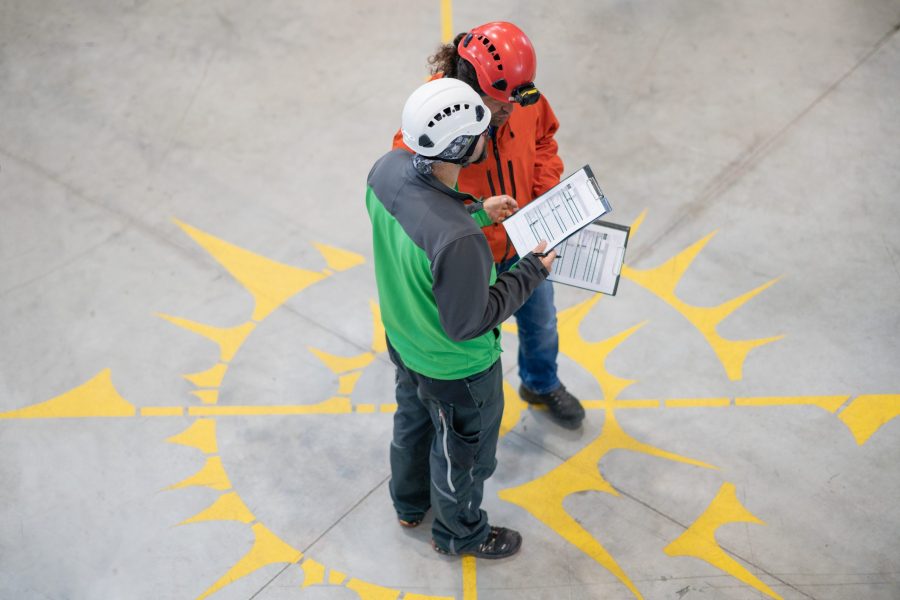Training sessions and workshops are spaces dedicated to learning, without distraction. When employees take safety training courses, they’re able to focus solely on the material at hand, fully engaging with the topics, and immediately showing what they’ve learned through interactive discussions and evaluations. It’s an immersive experience, providing important facts and practices that employees will use to keep both themselves and their coworkers safe. But how can an organization ensure that the material is fully utilized outside of the classroom setting?
There are several follow-up practices organizations can use to retain a culture of safety in the workplace year-round. For instance, scheduling routine refresher courses throughout the year to help employees engage with the material at regular intervals will help keep safe working habits at the forefront of employees’ minds. Similarly, establishing metrics for safety leadership teams to track provides an abstract of how well training material is being applied over time in different job functions.
For the most effective results, though, bring in a professional personal safety professional for a day of on-site training. Personalized training from a professional safety coach will allow safety trainings to be effectively tailored to employer-specific industry standards and processes, making the material more accessible to an organization’s employees.
Turn Real Working Conditions into Learning Experiences
Employees will pick up on safety habits faster and more easily when they can apply what they’re learning directly to their job roles, because what they’re learning is no longer a nebulous concept, but a function of their daily tasks. Additionally, bringing a trainer on site, and allowing them to see the processes and functions that employees conduct day-to-day, gives the trainer a unique insight into which safety habits are most important for an individual organization.
While there is general knowledge that applies to every workplace, observing which challenges an organizations’ employees face most consistently means trainers can give more detailed knowledge on specific safety habits to curb employees’ unique issues. This allows employees to directly apply knowledge from the classroom in real-world scenarios, forming a link to contextualize what they’ve learned, while organizations are able to work with the trainer to find process improvements in real time, and demonstrate these improvements directly to employees.
Training with A Personal Touch
The context a one-on-one training session provides can be just as important as the safety lessons and suggestions from the trainer. Because for an employee to see safety as important, they need to understand their role in an organization’s safety ecosystem.
Providing employees with process improvements that apply directly to their jobs, in addition to general safety practices, gives employees a greater stake in a company’s safety culture. By bringing on a trainer for one-on-one organizational coaching, the trainer is able to draw more specific parallels between the safety practices in theory and the direct responsibilities of workers. Outlining this additional layer of context casts safe working habits in a new light for employees, aligning their work more closely with the safety goals of their organization, and connecting them with safety habits that are more directly applicable to their day-to-day lives.
Following up on safety trainings to help employees better understand their position in their company’s safety culture not only solidifies the employee’s stake in the organization’s culture of safety, but it shows employees all of the ways their employer cares about them. It shows where they fit into the big picture, and all of the ways their employer applies safety from top to bottom, throughout the whole of the organization. This, in turn, leads employees to take greater ownership of safety personally, and place a greater emphasis on what they can learn from safety trainings and workshops, making the organization as a whole a better, happier, safer place to work.
Optimum Safety Management provides the information and services to help companies develop safety leaders and improve overall safety performance. For more information on how Optimum Safety Management can assist with your businesses’ safety needs, contact an expert today, or reach out via phone at 630-759-9908.








